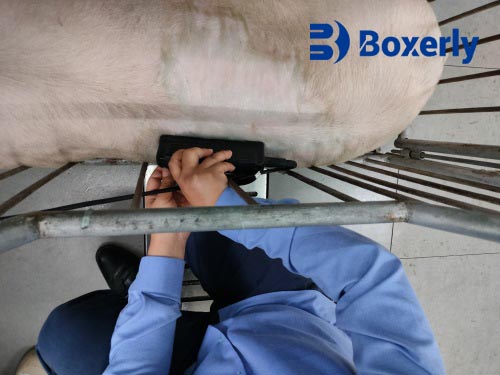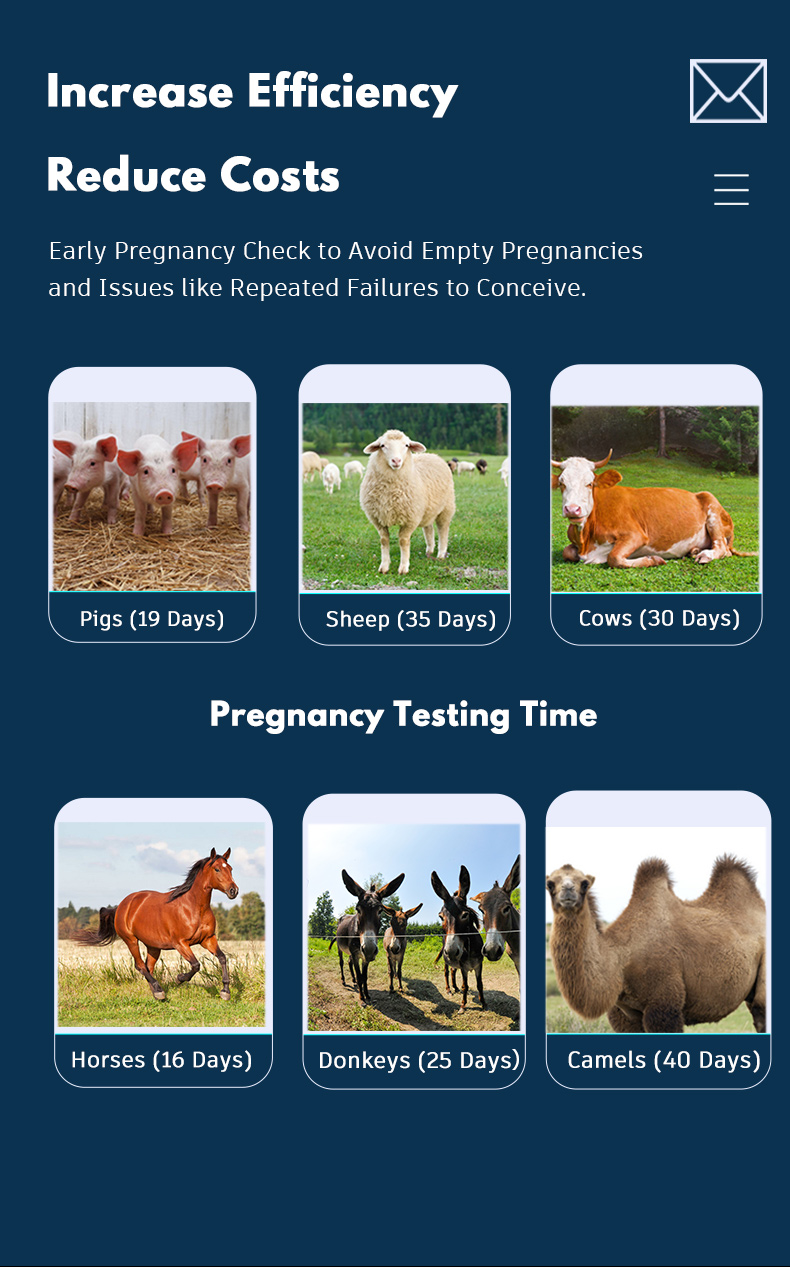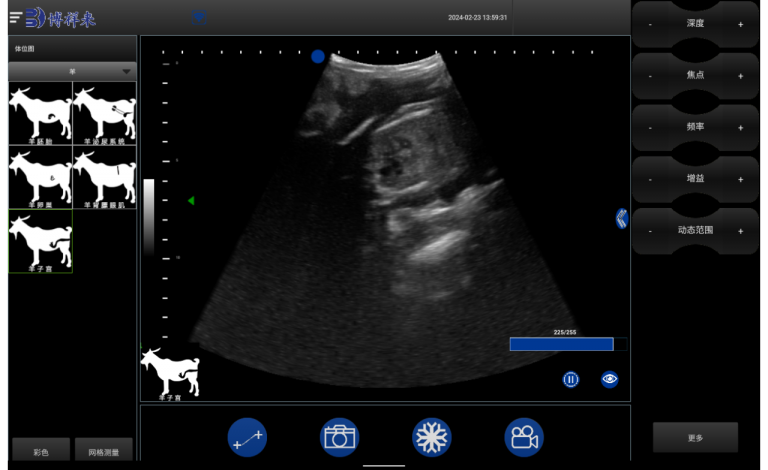What Is a Digital Portable Ultrasound and Why Does It Matter in Veterinary Care?
When people hear the word ultrasound, they often imagine a bulky hospital machine or a doctor checking on a pregnancy. But in today’s veterinary world, the equipment has taken a huge step forward. The rise of digital portable ultrasound machines has completely changed how veterinarians work with animals, from household pets to large livestock. But what exactly is a digital portable ultrasound, and why is it becoming such a big deal in veterinary care? Let’s explore this in detail.
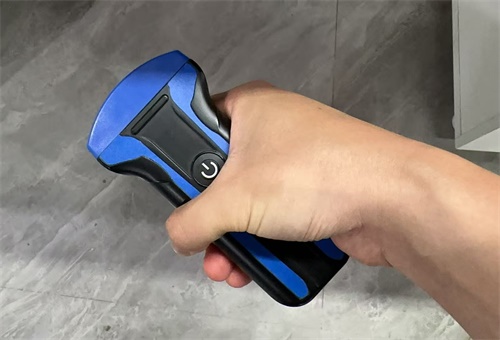
Understanding the Basics of Digital Portable Ultrasound
A digital portable ultrasound is essentially a smaller, lightweight version of a traditional ultrasound system. Instead of being tied to a large cart in a hospital, it is compact and mobile, allowing vets to carry it into barns, stables, or even remote farms. These machines use the same principle as traditional ultrasound: they send high-frequency sound waves into the body and capture the returning echoes to form an image.
The key difference lies in portability and digital capability. Unlike older analog models, digital systems process images with advanced software, giving clearer pictures and faster results. For veterinarians, this means they can perform real-time imaging wherever the animal is located, without the need to transport the animal to a clinic. This convenience is a game-changer for both animal welfare and veterinary efficiency.
Why Portability Matters in Veterinary Medicine
Animals are not always easy to move. Transporting a cow or horse to a veterinary clinic can be stressful, risky, and costly. With a portable ultrasound, the vet brings the technology to the animal instead of the other way around. This reduces stress on the animal and speeds up the diagnostic process.
For small animals like dogs and cats, portability allows veterinarians to perform quick scans during routine check-ups, even in small examination rooms. In field conditions, such as large sheep or pig farms, portable ultrasounds allow mass pregnancy checks in a short time. The portability factor directly saves time and money while improving animal health management.
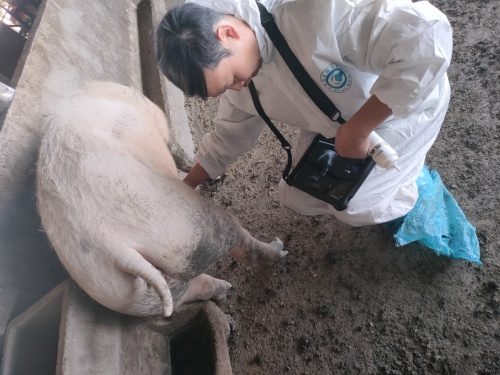
Digital Imaging for More Accurate Diagnosis
Digital portable ultrasound machines don’t just make life easier—they also improve diagnostic accuracy. The shift from analog to digital means images are sharper, more detailed, and easier to analyze. Veterinarians can zoom in, adjust contrast, and even store images for later review.
This is especially important in detecting reproductive status, monitoring fetal development, and diagnosing organ conditions. With better image quality, vets can make more confident decisions. Farmers and pet owners also benefit because they receive clearer explanations of what is happening inside their animals. In short, digital imaging bridges the gap between technology and practical veterinary care.
Comparing Digital Portable vs. Traditional Ultrasound
To see the benefits more clearly, let’s compare digital portable ultrasound with traditional cart-based systems:
| Aspect | Digital Portable Ultrasound | Traditional Cart-Based Ultrasound |
|---|---|---|
| Size and Weight | Lightweight, handheld or laptop-style | Large, bulky, clinic-based |
| Mobility | Highly portable, usable in field | Stationary, requires clinic space |
| Image Quality | High-resolution digital processing | Good quality, but often older analog models |
| Cost | Generally more affordable | Higher investment, expensive maintenance |
| Applications | Farm visits, small clinics, mobile vets | Hospitals, large veterinary centers |
Applications in Veterinary Practice
Digital portable ultrasounds are not just convenient; they are versatile. In cattle farming, they are used for pregnancy detection, helping farmers manage breeding cycles efficiently. In sheep and goat farming, vets use them to check fetal numbers, which helps with nutrition planning. For horses, portable ultrasounds can diagnose tendon injuries and monitor recovery.
Small animal clinics also benefit. Veterinarians can quickly scan a cat’s bladder for stones, check a dog’s liver condition, or perform an emergency pregnancy scan. The portability allows immediate results in both planned and unplanned situations. The result is faster diagnosis, better treatment, and improved animal care.
The Economic Value of Portable Systems
One reason digital portable ultrasounds have become popular is cost-effectiveness. Traditional systems are expensive, often out of reach for small clinics or individual veterinarians. Portable versions, however, are far more affordable and still deliver excellent image quality.
Farmers also save money because vets can perform on-site diagnostics without needing to transport animals. Less stress for the animal means better productivity, whether that is milk production in cows or survival rates in newborn animals. This economic advantage explains why portable devices are spreading rapidly in both developed and developing countries.
Limitations and Challenges
While digital portable ultrasounds are highly useful, they are not perfect. Some models may have smaller screens, making it harder to see fine details compared to large machines. Battery life can also be a limitation during long field sessions.
Another challenge is training. Not all veterinarians are equally skilled in ultrasound interpretation, and portable devices require practice to use effectively. Still, with growing demand and training programs, these challenges are becoming less of a barrier over time.
Conclusion: A Tool That Brings Care Closer
So, what is a digital portable ultrasound, and why does it matter? It is a modern veterinary tool that combines portability with digital imaging power. It allows vets to deliver faster, more accurate, and more affordable care to animals, whether in clinics or out in the field. While not without its limitations, it represents a significant step forward in veterinary medicine.
For pet owners, farmers, and veterinarians alike, digital portable ultrasounds bring healthcare closer to the animal, making diagnostics easier, quicker, and more reliable. In short, they are reshaping how veterinary medicine is practiced around the world.

